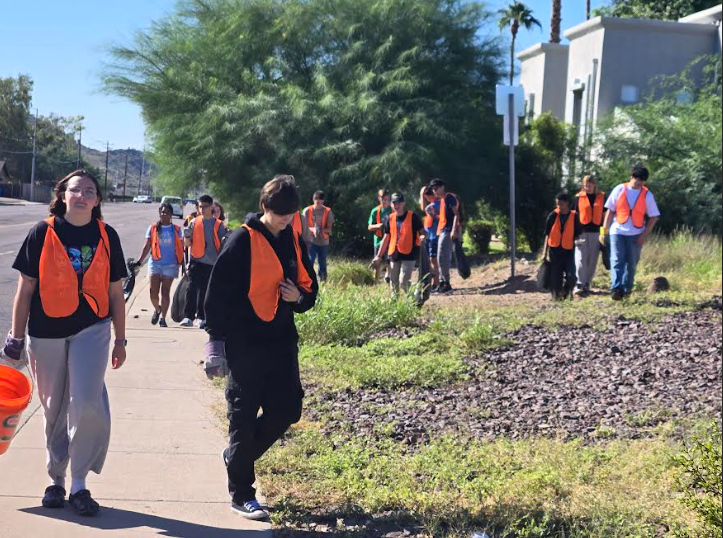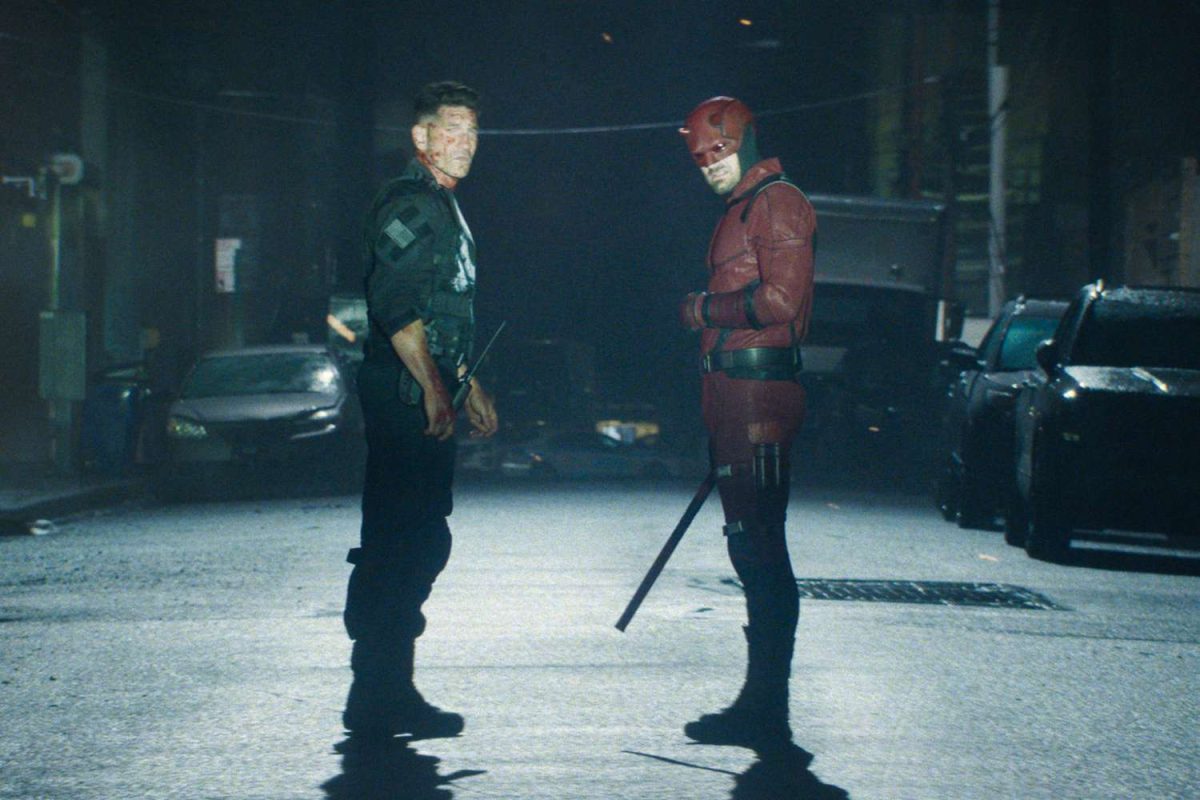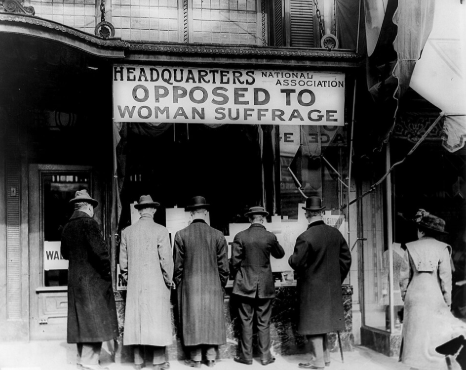Elon Musk, the visionary behind Tesla and SpaceX, has always pushed the limits of innovation. However, some of his most ambitious projects, such as the Cybertruck, Starlink satellites, and Optimus bots are being hammered with criticism. From numerous safety concerns to Elon Musk himself, why are people so upset?
When Musk unveiled the Tesla Cybertruck in 2019, it was met with both amazement and skepticism. The new vehicle’s unconventional design left viewers with a lot to say. A user on X, formally known as Twitter, said, “The Cybertruck feels like it’s a truck designed by someone who’s never seen a truck before.” FuturistArtDeco, another X user, said, “The bold and unapologetic design proves that it can be beautiful and functional.” The Cybertruck’s design wasn’t the only thing people were talking about. Musk claims that the vehicle is bulletproof; to prove his claim, he had an assistant try and break the glass with a steel ball by throwing it at the vehicle’s window. Upon impact the window broke, proving Musk wrong; this led people to further criticize him due to false advertisement. These weren’t the only obstacles of the Cybertruck; after only being on the road for a year, it’s facing six recalls according to The National Highway Traffic Safety Administration. These recalls include problems with the rearview cameras, the acceleration pedal, and its trunk bed.
Starlink, SpaceX’s ambitious project to provide global internet coverage through a collection of low Earth orbiting satellites, promises to bridge the digital divide. However, it has its flaws, astronomers have voiced their concerns about the potential for Starlink satellites to disrupt astronomical observations. Zacharay Fritz, senior, said, “I think he has the right to put all those satellites up because he is helping third world countries connect to the rest of the world, but the rate he is launching the satellites is concerning.” Furthermore, the number of satellites required for global coverage raises concerns about space debris and potential collisions. SpaceX requires it to replace its satellites every five years; once a new satellite is launched the old one re-enters the Earth’s atmosphere, thus creating a steady stream of vaporized debris in the atmosphere.
Tesla’s Optimus bots, set to release to the public in late 2027, are designed to be fully autonomous and non-programmatic. This has raised some eyebrows due to the complete use of AI with the bots. Critics also question the practicality and necessity of humanoid robots in many applications. While they could revolutionize many different industries like manufacturing or logistics, the technology is just not advanced enough right now. Shawn DuBravac, CEO at Avrio Institute, said, “Optimus also can expect to face legal hurdles when it comes to safety standards, data privacy and liability in case of malfunction.” The potential misuse of advanced robotics adds another layer of complexity to the Optimus project. Elon Musk’s ventures into the Cybertruck, Starlink satellites, and the Optimus bots showcase his relentless drive to innovate and try to transform the future. However, these projects are not without their flaws and criticisms. As with any groundbreaking technology, it’s essential to address these concerns thoughtfully to ensure that the benefits outweigh the drawbacks.








































Matthew Johnson • Apr 16, 2025 at 11:19 am
What a well written and informative article!